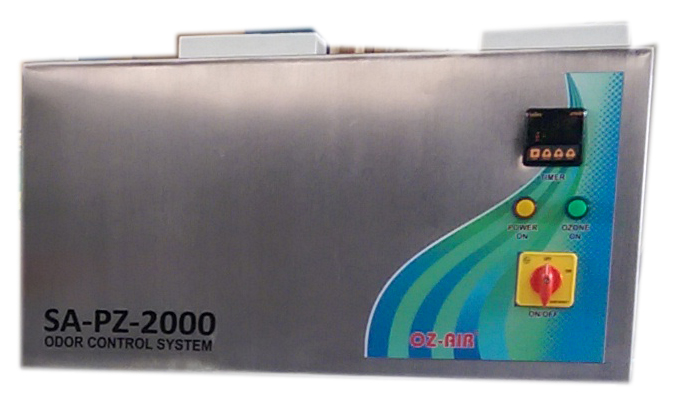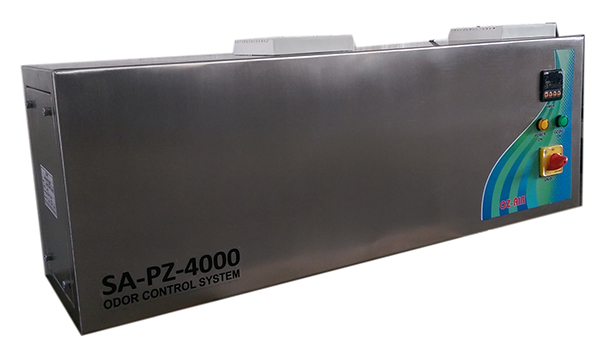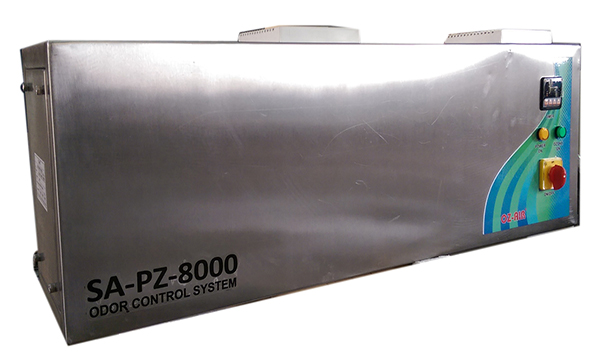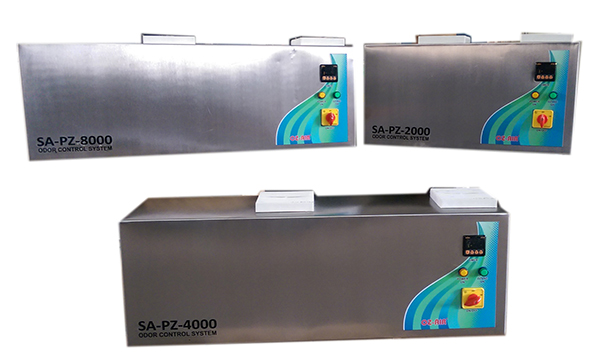

An odor control system is a mechanism or set of technologies designed to manage, reduce, or eliminate unpleasant odors in various environments. These systems are commonly used in industrial, commercial, and municipal settings where odors can be a nuisance or pose health risks to workers and the public.
Here are some common components and methods used in odor control systems:
1. Air Purification Systems: These systems use filters, such as activated carbon, zeolite, or other absorbent materials, to capture and neutralize odorous compounds from the air.
2. Chemical Scrubbers: Chemical scrubbers use solutions or chemical reactions to neutralize odorous gases. Common chemicals used include chlorine dioxide, potassium permanganate, and hydrogen peroxide.
3. Biological Treatment: Biological odor control systems use microorganisms to break down organic compounds responsible for odors. This method is often employed in wastewater treatment plants and composting facilities.
4. Ozone Generators: Ozone is a powerful oxidizing agent that can eliminate odors by reacting with odor-causing compounds and breaking them down into harmless substances.
5. Ventilation Systems: Proper ventilation helps to dilute and remove odorous gases from indoor spaces, reducing the concentration of odors.
6. Enclosure and Containment: In some cases, enclosing odorous processes or containing them within structures can prevent odors from spreading to surrounding areas.
7. Monitoring and Control Systems: Odor control systems often incorporate sensors and monitoring devices to detect odor levels and adjust treatment processes accordingly.
8. Regulatory Compliance: Many odor control systems are implemented to comply with regulations and standards set by local authorities to mitigate the impact of odors on the environment and public health..



Implementing an effective odor control system often requires a combination of these methods tailored to the specific sources and characteristics of the odors in question. Additionally, regular maintenance and monitoring are essential to ensure the continued effectiveness of the system over time.
An odor control system is a set of technologies and methods designed to manage, reduce, or eliminate unpleasant odors in various environments, such as industrial facilities, wastewater treatment plants, landfills, and commercial buildings.
Odor control systems work by either neutralizing, absorbing, or masking odorous compounds present in the air. This can be achieved through air purification systems, chemical scrubbers, biological treatment, ozone generators, ventilation, enclosure, and containment, among other methods.
Odor control systems can address a wide range of odors, including those from organic waste, industrial processes, sewage, chemicals, and more.
Odor control systems are commonly used in industries such as wastewater treatment, food processing, manufacturing, waste management, and agriculture. They are also employed in municipal settings, such as landfills and sewage treatment plants, as well as in commercial buildings and public facilities.
Many odor control systems employ environmentally friendly methods, such as biological treatment or filtration using natural materials like activated carbon. However, it's essential to consider the environmental impact of any chemicals or byproducts generated by the system.
The right odor control system depends on factors such as the type and source of odors, the size of the area to be treated, regulatory requirements, and budget constraints. Consulting with experts in odor control and conducting a thorough assessment of your specific needs is essential in selecting the most suitable system.
The effectiveness of an odor control system depends on various factors, including the type of system used, the severity and source of odors, proper installation and maintenance, and environmental conditions. While odor control systems can significantly reduce odors, complete elimination may not always be possible.
Maintenance requirements vary depending on the type of system but may include regular inspection, cleaning or replacement of filters or absorbent materials, calibration of sensors, and monitoring of system performance. Following manufacturer guidelines and scheduling routine maintenance is crucial for optimal effectiveness.
The cost of operating an odor control system depends on factors such as energy consumption, maintenance requirements, and the type of system used. While there may be initial investment costs, effective odor control can ultimately lead to savings by reducing complaints, improving worker productivity, and avoiding potential regulatory fines.